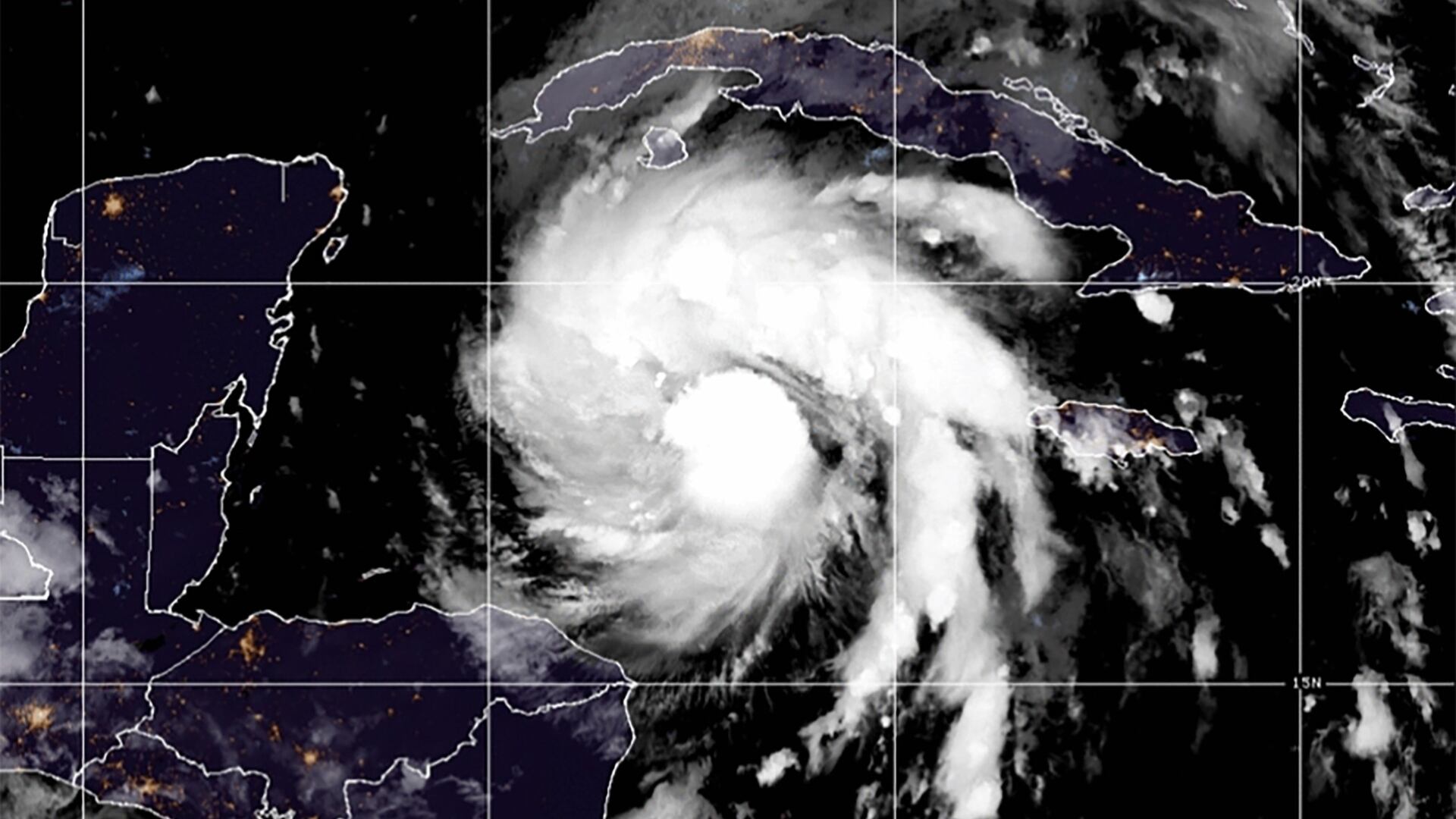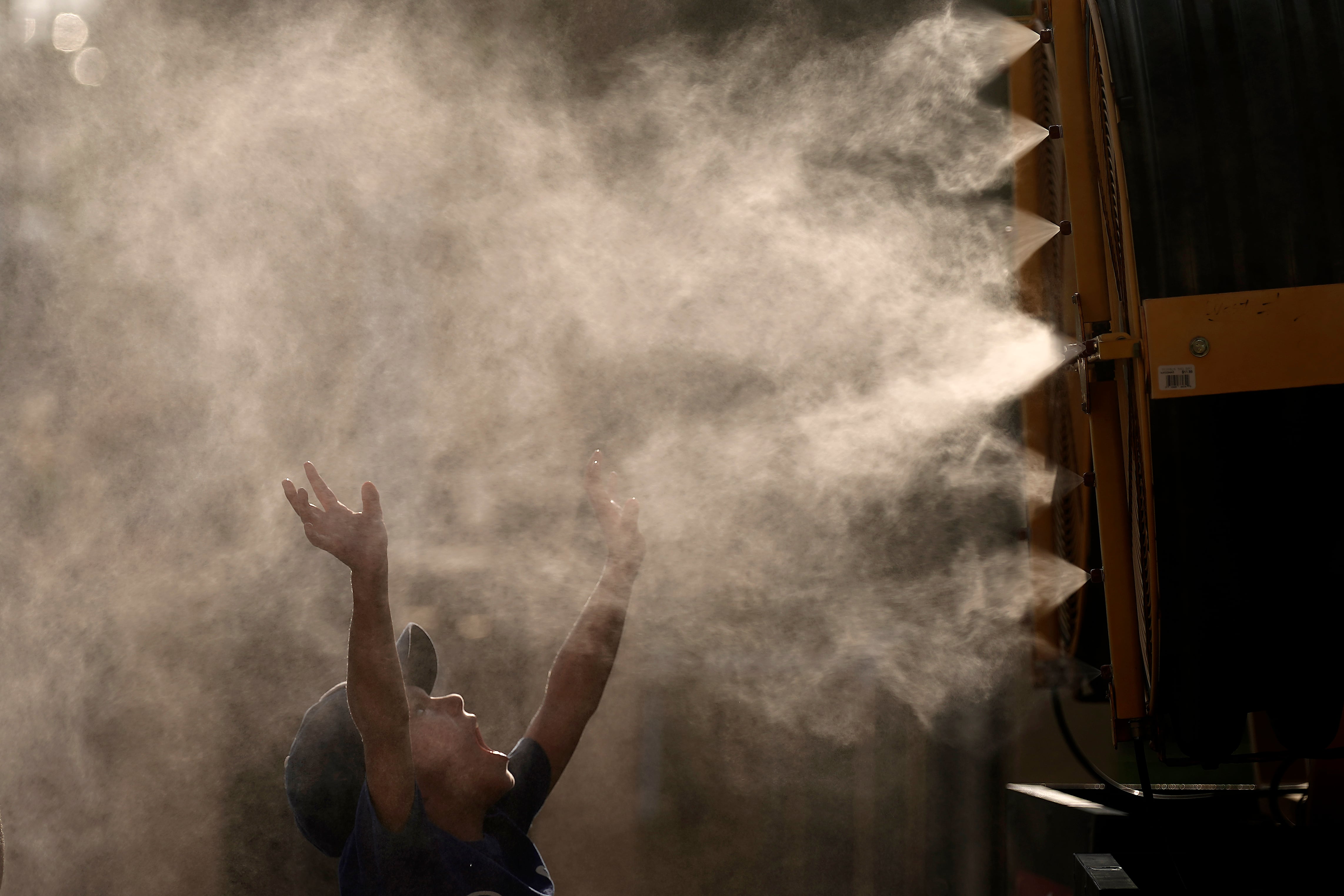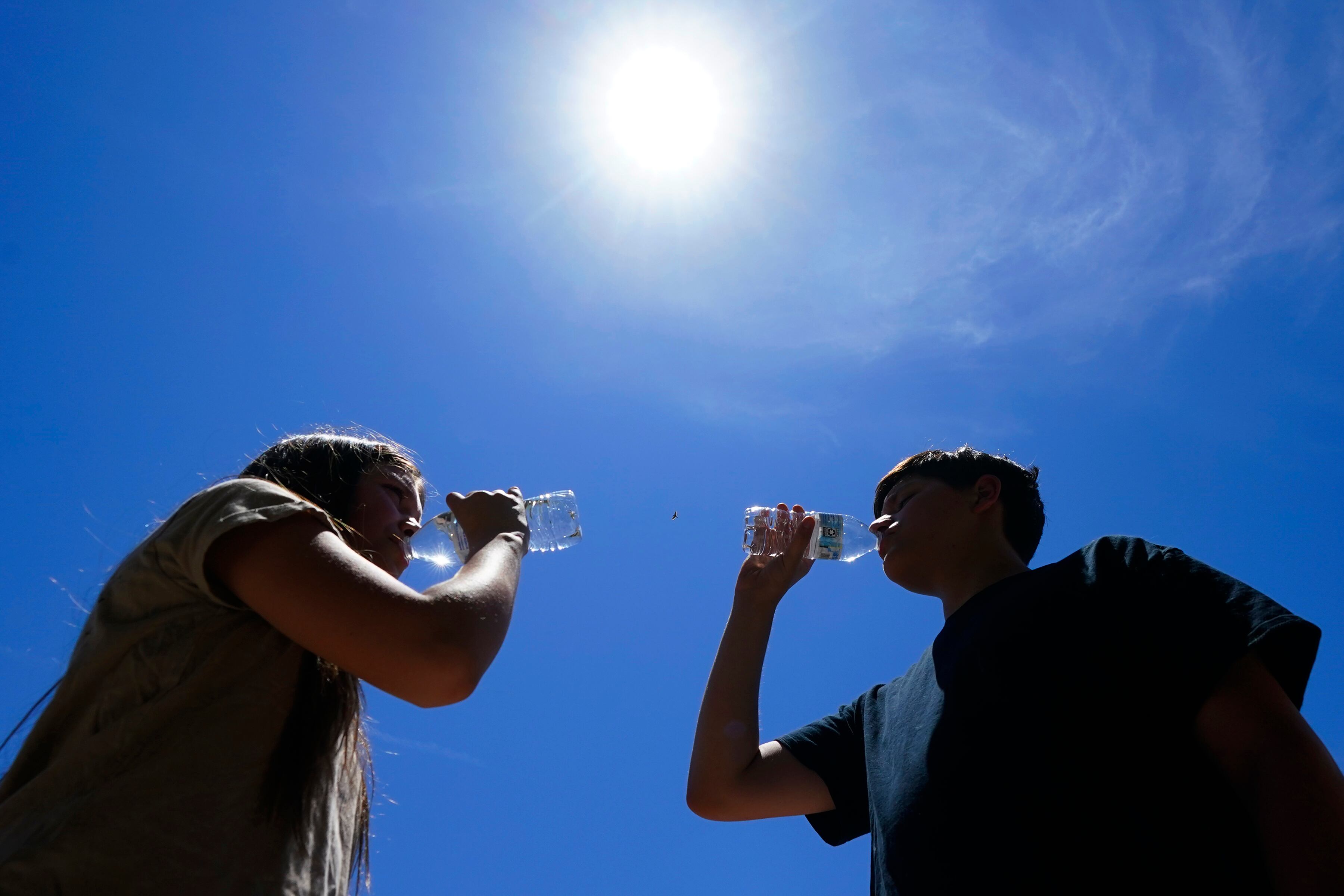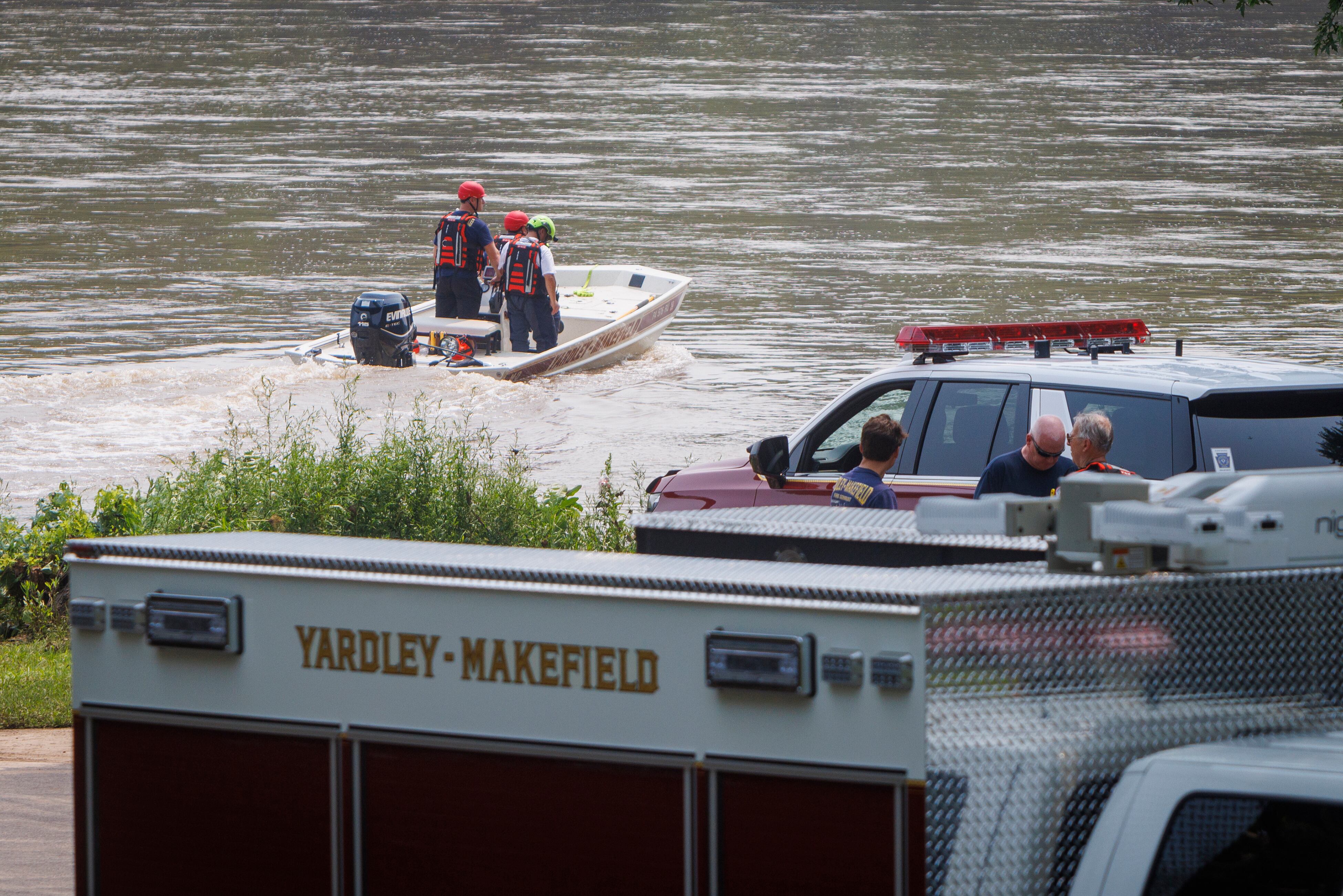Wildfires have burned in some unusual places this year, including some of the northernmost countries of Europe, where residents are experiencing severe droughts and record high temperatures. Some scientists say this could be the new normal. Video Text: This jet is fighting forest fires with bombs. Bombing a fire may seem like a desperate measure, and it is. Sweden, facing their worst drought in 74 years is fighting the biggest burn they’ve seen in 12 years and in places you wouldn’t expect, including as far north as the arctic circle. Flames in Sweden have burned 62,000 acres of land over the past few weeks. The whole country is on high alert for wildfires. And they’re not alone. Forest forest fires are cropping up in places we’ve rarely seen them and with a terrifying tenacity. This summer alone fires have been raging in Finland, Latvia, Norway, Greece, British Columbia, and the infamously damp United Kingdom. The fires in Sweden alone are the worst in the last ten years amid the longest drought in 74 years. And a report for South Dakota State is saying that due to global warming the amount of large forest fires around the world is only going to increase. A Forest fire is a naturally occurring way for the forest to rejuvenate itself. They have many causes, but the ingredients you need are a dried out wooded area and a spark. This spring and summer massive heat waves have set record temperatures from Japan to Siberia, Pakistan to Oslo. The NOAA is saying 2018 is on pace to be the 4th hottest year ever recorded. That would make the top five ever, the last five years. Not in a row but they’re all in there. In the U.S. this was the hottest May on record and the third hottest June leading to another year of nasty fires in California and Colorado. Data is time and time again showing that the earth is warming at an alarming rate. On top of the heat waves, the areas affected are dealing with a lack of rain as well. And the jet stream kept things that way. The jet streams are flows of air from west to east across the northern and southern hemispheres. They get their power from the difference in temperatures between the arctic and equatorial ranges they divide. This year that difference isn’t as staunch causing the jet streams to thin and the air to not move away causing heat waves to get stuck where they are. If this trend continues we may need to think even more outside the box than fighter jets to extinguish the flames. Seemingly humans are to blame from the sparks to the heat. Some of the wildfires are attributed to fires started from campers and grilling mistakes. Then there’s the heat. The World Weather Attribution project is saying that the heat waves in Europe are more than two times more likely today than if human activities had not altered the climate. Either way, we’re going to need to keep finding ways to put these fires out, whether we started them or not.











